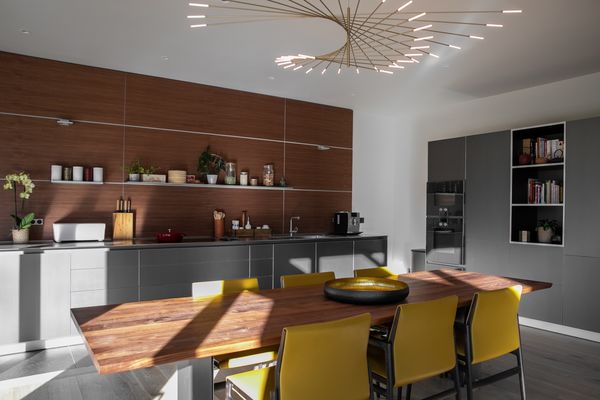
06.04.2022
A collaboration under the sign of excellence...
The year 2022 for Styles is off to a great start. Indeed, exciting projects are constantly being developed within our company.
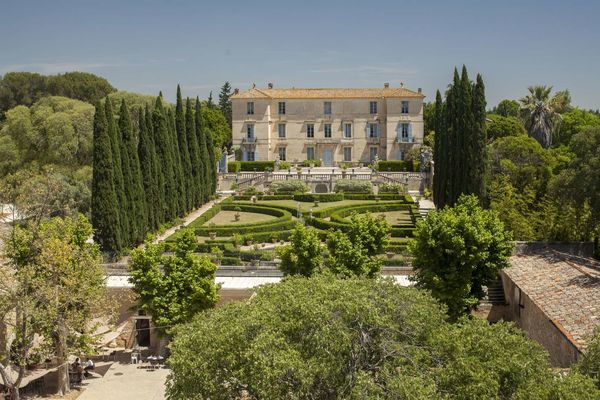
24.01.2022
The city of Montpellier is bursting at the seams with new architectural developments. In recent months, the Richter district, for example, has undergone a lot of work and redevelopment. But did you know that the electric metropolis already experienced an architectural boom in the 18th century?
Indeed, the prosperous capital of the Mediterranean Languedoc region was surrounded at that time by a veritable garland of small castles, charming retreats that nobles of the cloth and rich bourgeois had built in the surrounding countryside.
It is the triumph of ‘folie’; an ideal image of the good life and good taste.
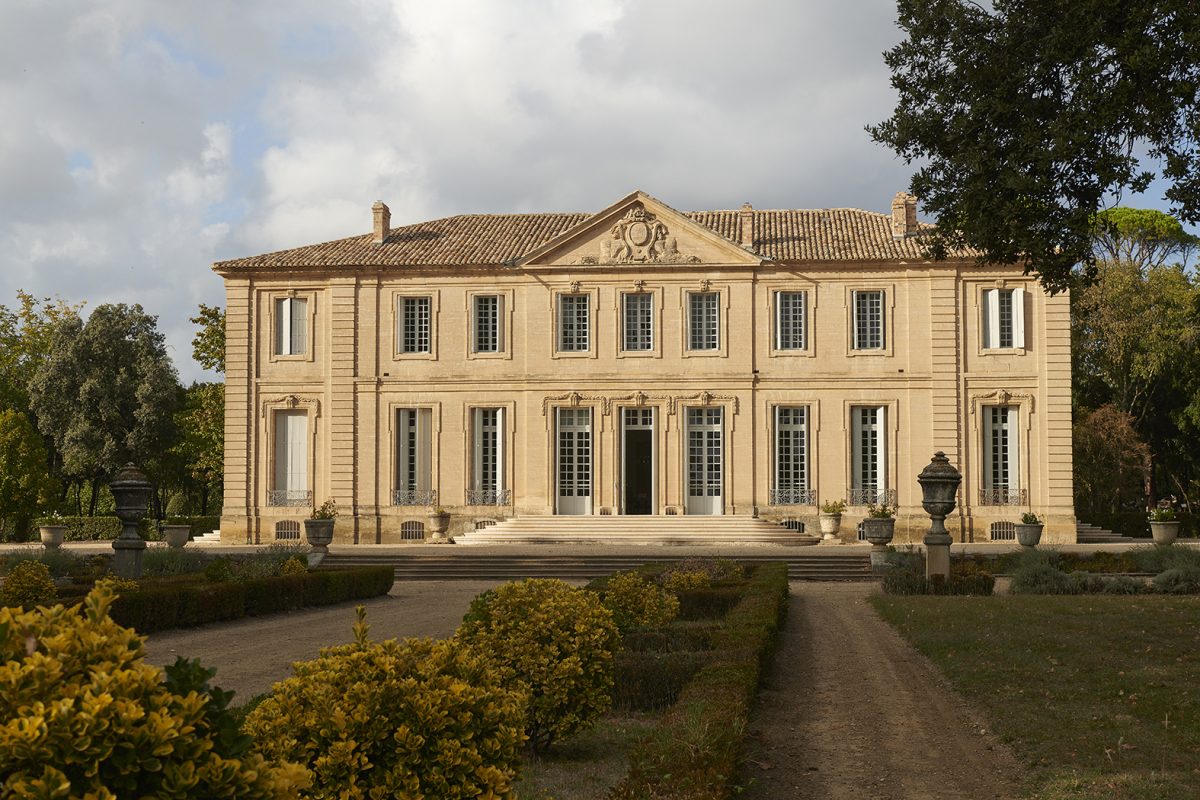
Closely linked to the rise of an enlightened society where fortune and talent took precedence over birth, these aristocratic "field houses", designed by great regional architects and decorated by remarkable local artists and craftsmen, have marked the architectural and cultural history of the city and still contribute to its identity today.
The expression "les folies de Montpellier" has now become part of everyday language and appears in tourist brochures.
Sober and elegant, the Montpellier ‘folie’ is part of an autonomous and identifiable genre, with its simple lines, its clear and harmonious volumes, its marked central forebody, topped by a pediment, its low-sloped roof, its delightful rocaille decorations...
Adapted from the models of "pleasure houses" in vogue in Île-de-France and disseminated by the great architectural treatises, it retains a southern charm conferred by the traditional materials used, made to play with the Languedoc light: golden patina of the local stones, delicate ochre of the renderings, russet of the Roman tiles, faded pink of the floor tiles...
Caught up by a galloping urbanization which imposes itself on their environment, these beautiful residences remain nevertheless the invaluable witnesses of this southern art of living which reached in the century of the Lights its point of refinement and the most extreme radiation.
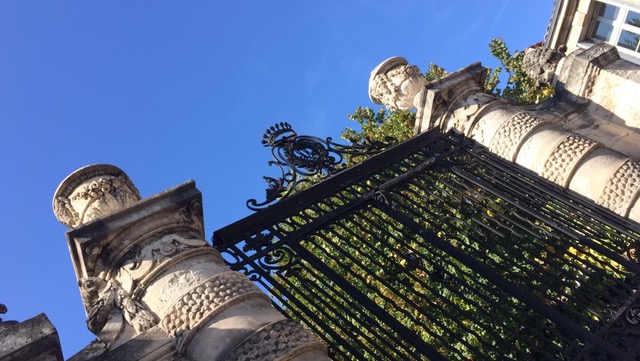
At the end of the Grand Siècle in Montpellier, facing the old landed nobility, recent aristocrats of dress, financiers who made their fortune in tax collection, rich merchants, renewed the social elites, in a city which, after the harshness of the Wars of Religion and the troubles of the Fronde, had recovered all its brilliance. Raised to the rank of provincial capital alongside Toulouse, it welcomed sovereign courts and high financial administrations, as well as the king's representatives. All these new and particularly lucrative offices enriched an enterprising, cultured class, receptive to the fashions of the Court, eager to mark its power in the urban and peri-urban landscape, by building private mansions and especially country residences on newly acquired land, whose name they would often take.
It was Nicolas Lamoignon de Basville, Intendant of Languedoc, who launched the movement in 1685, with the construction of the small castle of Bionne to house his loves. In the last years of the 17th century, Philibert de Bon, first president of the Court of Accounts, Aids and Finances of Montpellier, had a modern country house built on his estate of La Terrade, named Château Bon.
At the same time, Etienne de Flaugergues, a financier and adviser to the Court of Auditors, built the house of his dreams, which he named after himself and which he would continue to embellish until the end of his life.
From then on, the whole new ruling class gave in to the temptation of "folie":
The most sumptuous of these sponsors were the Bonnier family. Indeed, Joseph Bonnier, whose social rise was meteoric, crowned his success with a sumptuous and expensive ‘folie’, the Château de la Mosson. Property of the city of Montpellier of which only the central pavilion remains today.
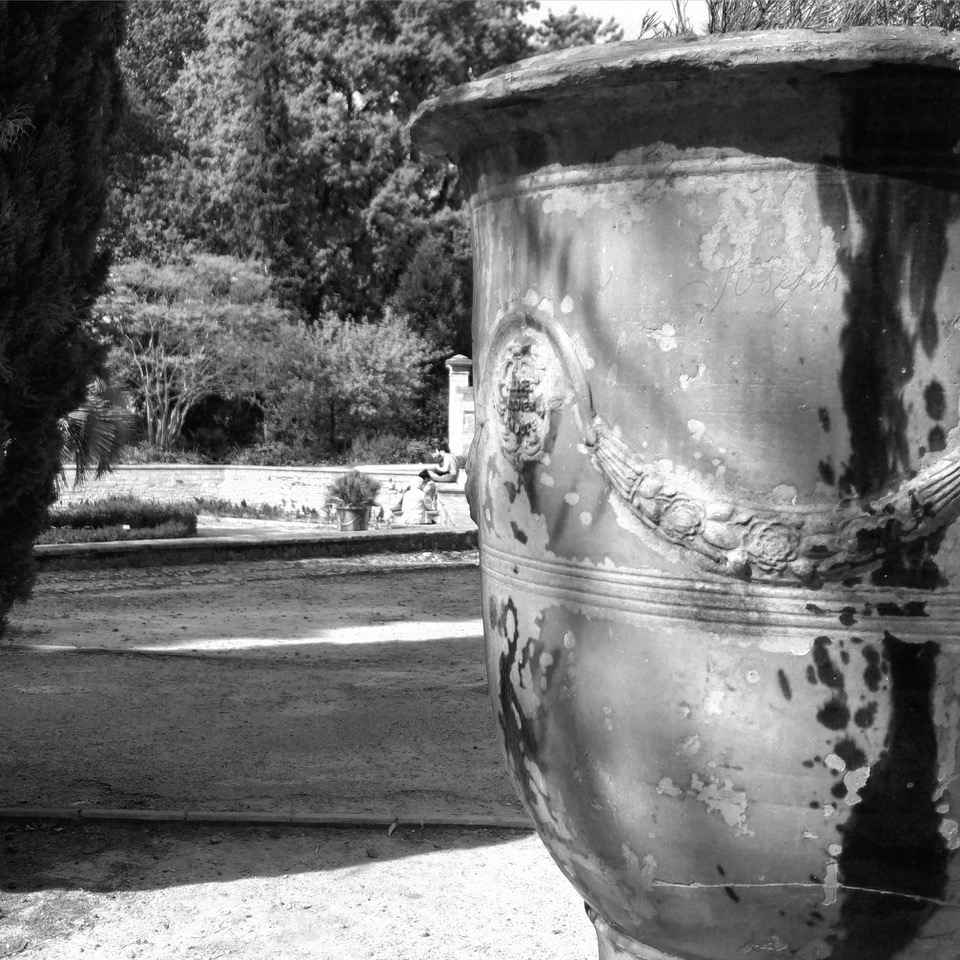
Replacing the traditional castle, these country houses became the ideal setting for the new art of living, cultivated with an elegant hedonism by these wealthy Montpellier notables during the ‘Siècle des Lumières’.
The owners of these new homes were enlightened and keen on the arts and sciences, and enriched their ‘folies’ with precious collections of paintings, physics and natural science cabinets, as well as music, dance, comedy, games, fairy-tale parties and dinners.
Jean-Antoine de Vidal, a lover of the arts and sciences and a member of the Royal Society of Sciences of Montpellier, built up a remarkable astronomy cabinet in his castle of Montferrier.
Trained at Versailles, the architect of the States of Languedoc, Augustin-Charles d'Aviler, had a profound influence on Languedoc architecture in the 18th century.
Author of the triumphal arch of the Peyrou gate, commissioned by the intendant of Basville, he disseminated modern architectural programs inspired by Versailles and Paris to the new elites of Montpellier at the end of the 17th century. It was he who introduced the model of the pleasure house to Montpellier, designing the plans for the first follies: Pignan, Lavérune, Château Bon, but entrusting the execution to local master builders.
From then on, this specific type of elegant country residence of the Languedoc of the Ancien Régime was established, happily combining Parisian fashions and regional traditions.
It is with the Giral family, a famous line of Montpellier architects, that the construction of follies reached its golden age, adapting the instructions of Jacques-François Blondel's architectural treatise "De la distribution des maisons de plaisance" to the inclinations and dreams of the owners.
Jean Giral designed the Mogère with its sober façade and triangular pediment and the Mosson, which was much more grandiose.
His nephew, Jean-Antoine Giral, drew the plans for the Hôtel Haguenot, the Château d'Assas with its original façade, and the Château de la Piscine. He also designed the gardens of the Château d'O.
Reflecting a new aristocratic way of life, the exterior ornaments and interior fittings were the object of all the attention of the clients. The staple keys sculpted with masks or rocaille elements, the sheathed atlantes supporting the balconies, are all themes dear to local sculptors.
The very careful interior decorations of gypseries, testimonies of a typically Languedoc art of making, also know an extraordinary success. Subjects taken from the Fables of La Fontaine adorn the living room of the Bocaud or Levat chateau; atlantes, putti, garlands of the seasons, attributes of love and music in the delightful Haguenot hotel.
As for the ironwork, real lacework of wrought iron, they attest to the vitality in the 17th and 18th centuries of what could be called the Montpellier school of ironwork.
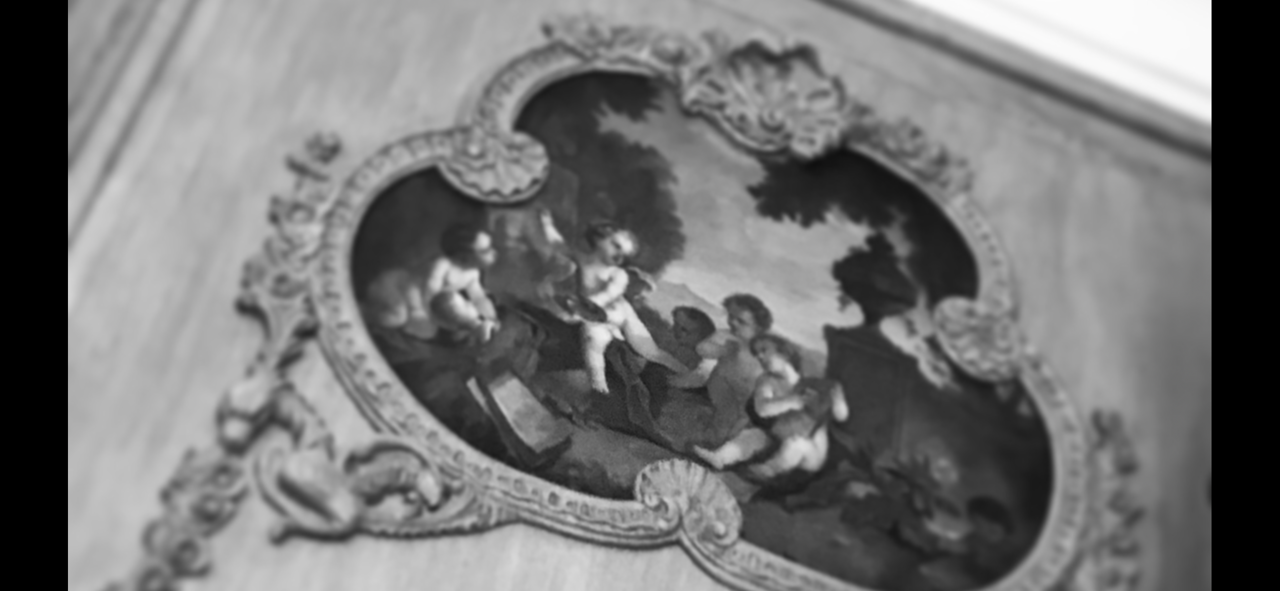
An interesting definition of the word "folie" can be found in a recent book published under the aegis of the Ministry of Culture for the centenary of the death of Le Nôtre:
A small pleasure house built in a garden, distinguished by an original architectural party, often luxurious, sometimes even extravagant and intended for short stays.
According to Littré, the word derives from the Latin foleia (leaf or foliage) and designates a house under the foliage: The little house under the foliage.
Today, ‘les folies’ form a green crown around the city of Montpellier and still appear drowned in the greenery.
Gardens are important, as you can imagine. The plans of these gardens were the expression of a strong guiding idea, put into practice on the ground. Nevertheless, they have rarely been preserved by the owners, with a few exceptions: La Mogère, Flaugergues, Lavérune. So it is still difficult to draw up a precise statement of the original project.
In fact, many owners had gardens built in successive phases, depending on the possibilities of the land and the purchase of plots of land for the planned extensions. Many gardens required considerable work and were not built in the apparent order of their composition.
The general composition of the gardens appears to be quite clear and simple. Based on a general axis of symmetry, allowing for the distribution of flowerbeds, groves, ponds and fountains according to the crossing of paths, the desired viewpoints and the strategic importance of the accesses, it appears to be ordered according to a regular, orthogonal plan. Terraces were used to vary the effects and ambiances. The mineral and vegetal components ensured a happy balance.
The flowerbeds combined low hedges and topiaries according to the desired perspectives, and the play of overhangs linked to the successive terraces created charming views from the living rooms or bedrooms. Boxwoods dominated. However, myrtles, santolines and rosemary could also accompany the embroidery squares. Rare palisades of greenery framed or extended the flowerbeds.
The main perspectives were often bordered by fountains or nymphs very nicely decorated with shells.
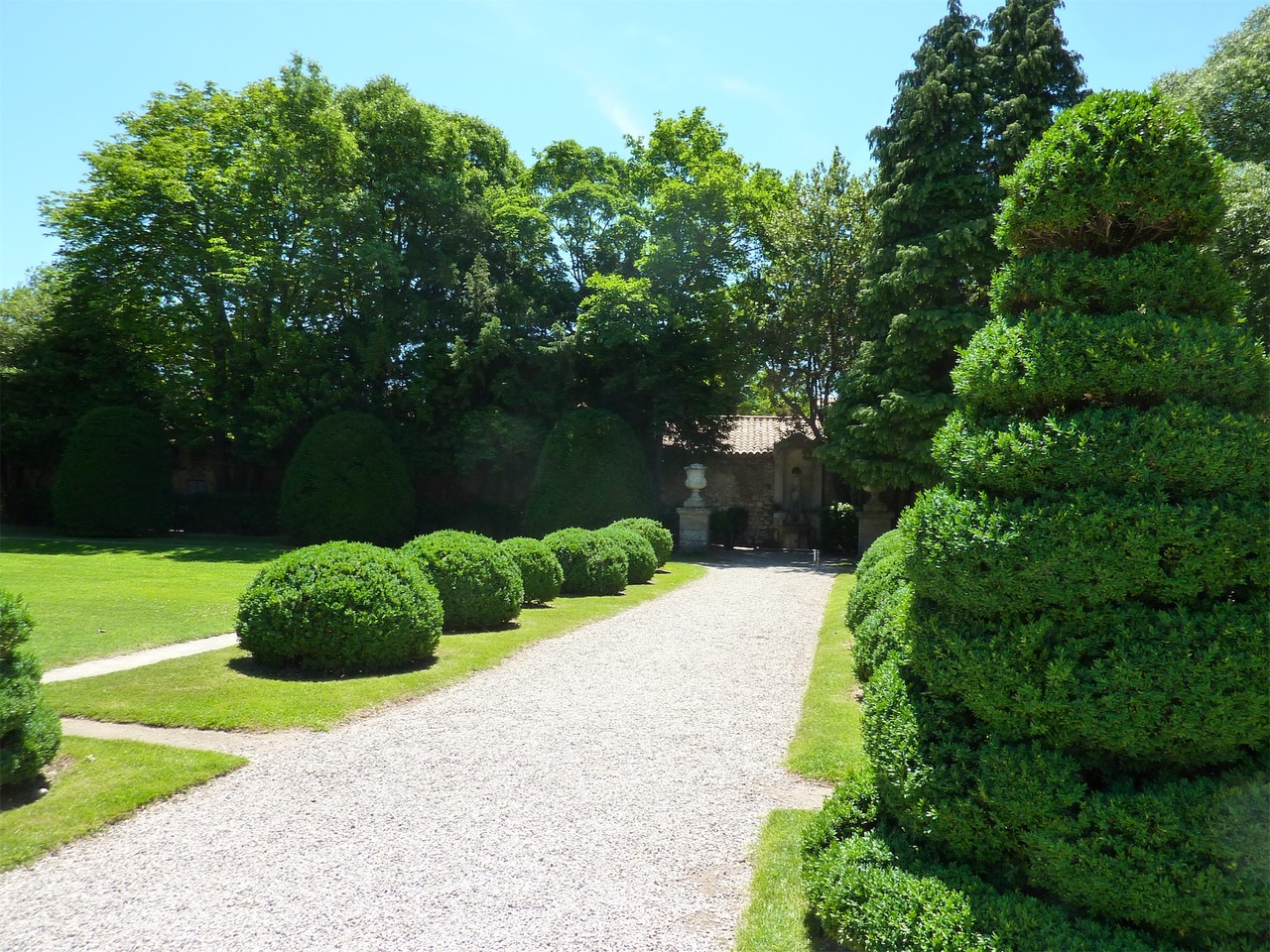
‘Les folies’ constitute one of the most prestigious architectural and landscape heritages of the Languedoc, but also the most threatened. Efforts made to protect them, as much under the Historic Monuments and Sites Act as under the Landscape Act (ZPPAUP in french), reduce the risks of a severe dismantling. However, they do not exclude those of a denaturation of their surroundings and the meaning of their original composition.
For more than twenty years, specialists in the history of architecture and the art of gardening have been mobilized for a revival of old gardens. The walks in rehabilitated places, once again brought to life by a gardener's hand, more or less concerned with the past, mobilize the amateurs. Garden tourism is booming and we can only be delighted.
‘Les folies’ remain one of the most beautiful ways to discover the charms of the past of Montpellier and its surroundings.
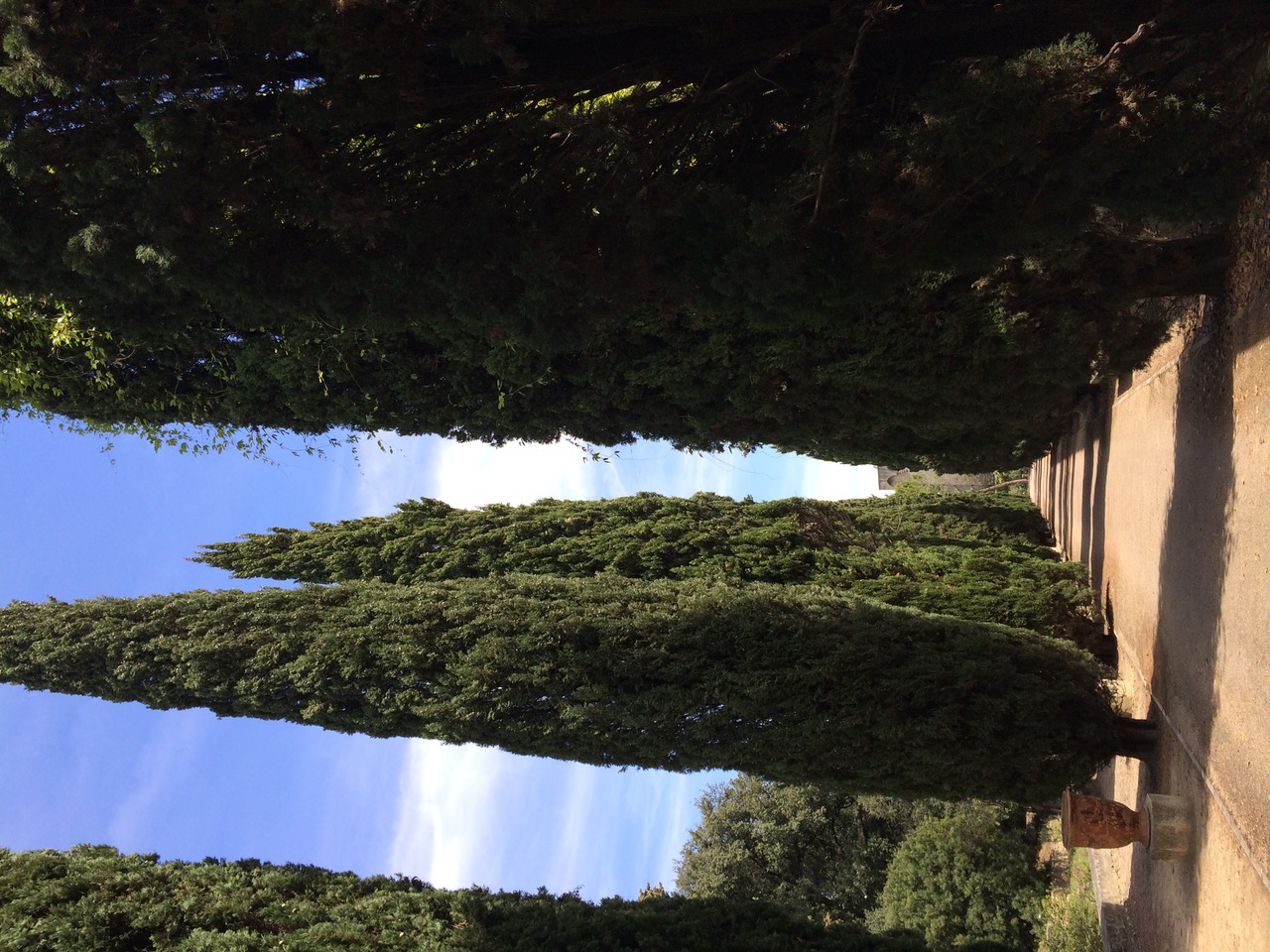
Styles's journal